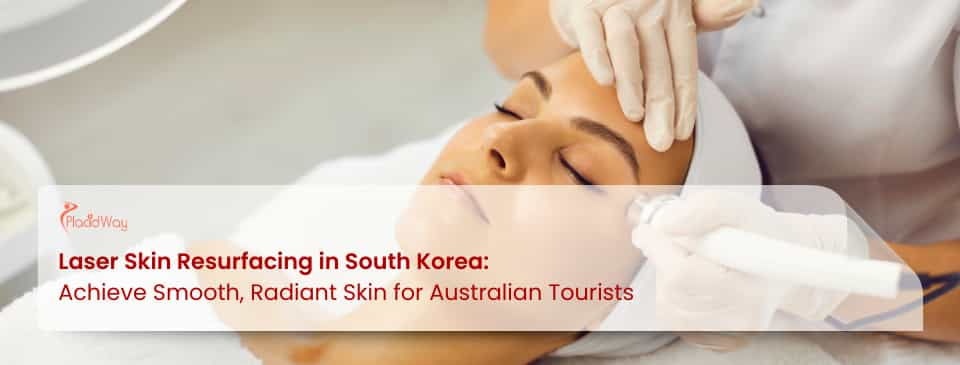
Laser skin resurfacing is a highly sought-after cosmetic procedure in South Korea, offering Australian tourists a unique opportunity to achieve flawless, youthful skin at a fraction of the cost of treatments back home.
South Korea has cemented its reputation as a global leader in cosmetic dermatology and medical tourism. The country, particularly the high-tech districts of Seoul like Gangnam, is a powerhouse of innovation, where cutting-edge laser technologies are used to treat a wide range of skin concerns. For Australians seeking effective solutions for issues like acne scars, sun damage, wrinkles, and uneven skin tone, a trip to South Korea for laser skin resurfacing has become a compelling option. This comprehensive guide provides everything you need to know, from understanding the types of treatments available to navigating the costs and recovery process.
Key Takeaways
-
Patients from Western countries, including Australia, can save 40%–65% on laser skin resurfacing packages in South Korea compared to domestic prices.
-
The average cost for a single laser resurfacing session in South Korea ranges from $200 to $700 AUD, depending on the type of laser and clinic.
-
South Korean clinics offer a vast array of laser treatments, including ablative, non-ablative, and fractional lasers, tailored to specific skin concerns and recovery preferences.
-
Ablative laser treatments (like CO2) are ideal for deep wrinkles and scarring, while non-ablative lasers (like Pico and Fraxel) are perfect for pigmentation and fine lines with minimal downtime.
-
Most top clinics cater specifically to international patients, offering English-speaking staff, translator services, and transparent pricing.
Why Choose South Korea for Your Laser Skin Resurfacing?
South Korea is a medical tourism hub renowned for its advanced technology, experienced specialists, and competitive pricing, making it an ideal destination for high-quality laser skin treatments.
South Korea's rise as a medical tourism destination is no accident. The government actively promotes the healthcare sector, which has led to a highly competitive market and continuous innovation. Clinics in Seoul, especially in the famous Gangnam district, are equipped with the latest laser technologies and employ dermatologists with extensive experience in treating diverse skin types, including those of Australian patients. This expertise, combined with a strong focus on natural-looking results, sets Korean dermatology apart.
Did You Know? In 2024, South Korea attracted over 1.17 million foreign patients, with dermatology and plastic surgery being the most popular specialties. This highlights the global trust and confidence in the country's aesthetic medical services.
Types of Laser Skin Resurfacing Procedures
South Korean clinics offer a wide spectrum of laser skin treatments, from aggressive ablative lasers for deep scars to gentle, non-ablative options for a 'lunchtime' glow.
Understanding the different types of laser resurfacing is key to choosing the right treatment for your skin. The procedures are generally categorized into two main groups:
1. Ablative Lasers
These lasers are the most intensive, vaporizing the outer layer of skin to treat significant concerns like deep wrinkles and severe scarring. They offer dramatic results but require more downtime.
-
CO2 Laser Resurfacing: The gold standard for aggressive resurfacing. The CO2 laser uses a carbon dioxide beam to precisely remove the epidermis (outer skin layer) while heating the dermis (underlying layer) to stimulate collagen production. It is highly effective for reducing deep wrinkles, sun damage, and surgical or acne scars.
-
Erbium YAG Laser: A less aggressive ablative option compared to the CO2 laser. It targets the water in skin cells, vaporizing them with less thermal damage to surrounding tissue. This results in a shorter recovery time, making it suitable for treating fine lines, pigmentation, and minor scars.
2. Non-Ablative and Fractional Lasers
These treatments stimulate collagen growth without removing the top layer of skin, leading to a much shorter recovery period. They are ideal for addressing pigmentation, fine lines, and overall skin texture.
-
Pico Laser (e.g., Pico Toning): A revolutionary laser that uses ultra-short, picosecond pulses to shatter pigment particles without generating significant heat. It is a highly popular treatment in South Korea for removing freckles, melasma, and other hyperpigmentation issues.
-
Fractional Lasers (e.g., Fraxel): This technology delivers thousands of microscopic laser columns into the skin, leaving the surrounding tissue intact. The undamaged skin accelerates the healing of the treated areas, reducing downtime. Fractional lasers can be either ablative or non-ablative and are excellent for improving texture, pore size, and acne scars.
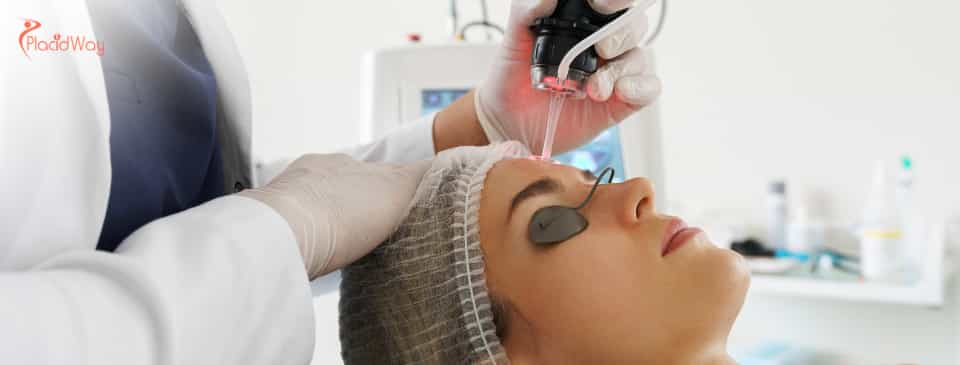
The Medical Tourism Journey: What to Expect
Your laser skin resurfacing journey in South Korea is a structured process designed for international patients, from initial consultation to post-treatment care.
The process is generally seamless for Australian tourists. Most clinics have dedicated international patient departments with coordinators who speak English, ensuring clear communication throughout your visit.
-
Online Consultation: The journey often begins with a virtual consultation. You can send photos of your skin, describe your concerns, and receive an initial assessment and treatment recommendation from a board-certified dermatologist.
-
In-person Consultation and Analysis: Upon arrival at the clinic, a detailed in-person consultation is conducted. Many Korean clinics use state-of-the-art diagnostic tools to analyze your skin's condition, including hydration levels, pore size, and pigmentation, to create a truly customized treatment plan.
-
The Procedure: After applying a topical anesthetic, the dermatologist will perform the laser treatment, which typically takes 30-60 minutes.
-
Post-Procedure Care: Immediately following the procedure, the clinic will apply soothing masks and provide you with a comprehensive aftercare kit, including creams and instructions for your recovery period.
Cost of Laser Skin Resurfacing: Korea vs. Australia
One of the primary motivators for medical tourists is the significant cost savings. Laser skin resurfacing in South Korea is often a fraction of the price found in Australia, without compromising on quality or technology.
The cost of laser skin resurfacing in South Korea is highly competitive. While prices vary based on the clinic, the type of laser, and the area treated, Australians can expect substantial savings.
Comparative Cost Table (Approximate Prices in AUD)
Note: These are estimated costs and can vary. Many clinics offer package deals for multiple sessions, which can further reduce the overall price.
Recovery and Aftercare
The recovery process depends on the intensity of your laser treatment. Following your doctor’s aftercare instructions is crucial for achieving optimal results and minimizing complications.
The downtime for laser resurfacing can range from a few hours to a couple of weeks.
-
Non-Ablative Lasers (e.g., Pico Toning): You may experience temporary redness and mild swelling, similar to a sunburn, for a few hours. You can typically apply makeup and resume normal activities the next day.
-
Ablative Lasers (e.g., CO2): The recovery is more intensive. Your skin will be red, swollen, and may ooze for the first few days. A new layer of skin will form within 1-2 weeks, but the redness can persist for several weeks or even months. During this time, it's essential to:
-
Keep the treated area moisturized with a doctor-recommended ointment.
-
Avoid direct sunlight and wear a high-SPF sunscreen.
-
Refrain from picking at any scabs or flaking skin.
-
Avoid saunas, hot baths, and strenuous exercise for at least a week.
-
Expert Insight: "Our approach in Korea is holistic. We don't just perform a single procedure; we create a personalized treatment plan. For our international patients, this includes meticulous pre-treatment consultation and comprehensive post-care instructions, often involving specialized Korean skincare products. This ensures not only effective results but also a smooth and safe healing process, which is crucial for tourists with limited time."
Candidacy and Preparation
Proper preparation is essential for a safe procedure and successful outcome. Not everyone is a suitable candidate for all types of laser treatments.
Who is a good candidate?
You are a good candidate if you have concerns such as:
-
Fine lines and wrinkles
-
Acne scars
-
Sun spots, age spots, and freckles
-
Uneven skin tone or texture
-
Enlarged pores
Who should be cautious?
Laser resurfacing may not be suitable for people with:
-
Active acne breakouts
-
Very dark skin tones (due to a higher risk of post-inflammatory hyperpigmentation)
-
A history of keloid scarring
-
Certain chronic skin conditions like severe rosacea
Pre-Procedure Preparation
Leading up to your appointment, your dermatologist may recommend:
-
Avoiding sun exposure and using a broad-spectrum sunscreen.
-
Stopping certain medications like aspirin or supplements that can increase bleeding.
-
For individuals with a history of cold sores, taking an antiviral medication before and after the procedure.
-
Temporarily discontinuing the use of certain skincare products like retinoids or glycolic acid.
Navigating the Seoul Skincare Scene
While in Seoul, your trip can be more than just a medical procedure; it's a chance to immerse yourself in the world's most advanced skincare culture.
Seoul is the skincare capital of the world. Beyond your clinic appointment, you'll find an abundance of cutting-edge skincare brands and products. Your dermatologist will likely recommend specific Korean skincare products to aid in your post-treatment recovery, such as centella asiatica-based creams to soothe and heal the skin. Many clinics are located in tourist-friendly areas, allowing you to combine your treatment with shopping, sightseeing, and experiencing Korea's unique culture.
Frequently Asked Questions
Here are the answers to some of the most common questions Australian patients have about laser skin resurfacing in South Korea.
How long do I need to stay in South Korea for the procedure?
For non-ablative treatments, a 3-5 day stay is sufficient. For more aggressive ablative lasers, a 7-14 day stay is recommended to allow for initial healing before you travel home.
Is it safe for Australian skin types?
Yes, South Korean dermatologists have extensive experience with a wide range of skin types. They are highly skilled at adjusting laser parameters to minimize risks like hyperpigmentation, which is a key concern for many patients.
Will my Australian health insurance cover the cost?
No, most Australian health insurance providers do not cover cosmetic procedures performed overseas. It's best to budget for the full cost of the treatment, travel, and accommodation.
Do I need a visa to travel to South Korea from Australia for medical treatment?
Australians can enter South Korea for tourism and medical purposes for up to 90 days without a visa.
What language barriers should I expect?
The top clinics catering to international patients have English-speaking staff and translators to ensure seamless communication. This removes the stress of language barriers and allows you to fully understand your treatment plan and aftercare.
What is a "Laser Toning" or "Pico Toning" treatment?
These are non-ablative laser treatments popular in Korea for evening out skin tone, reducing pigmentation, and brightening the complexion with minimal downtime. They are often referred to as "lunchtime lasers."
Can I combine laser resurfacing with other treatments?
Yes, many clinics offer customized packages that combine laser resurfacing with other non-surgical procedures like Botox, fillers, or skin booster injections for a comprehensive rejuvenation plan. Your dermatologist will help you determine the best and safest combinations.
Ready to Achieve Your Skincare Goals in Seoul?
PlacidWay connects you with the best dermatologists and clinics in South Korea, offering transparent pricing, verified reviews, and personalized support to ensure a seamless medical journey. Stop dreaming of flawless skin and start your transformation today.


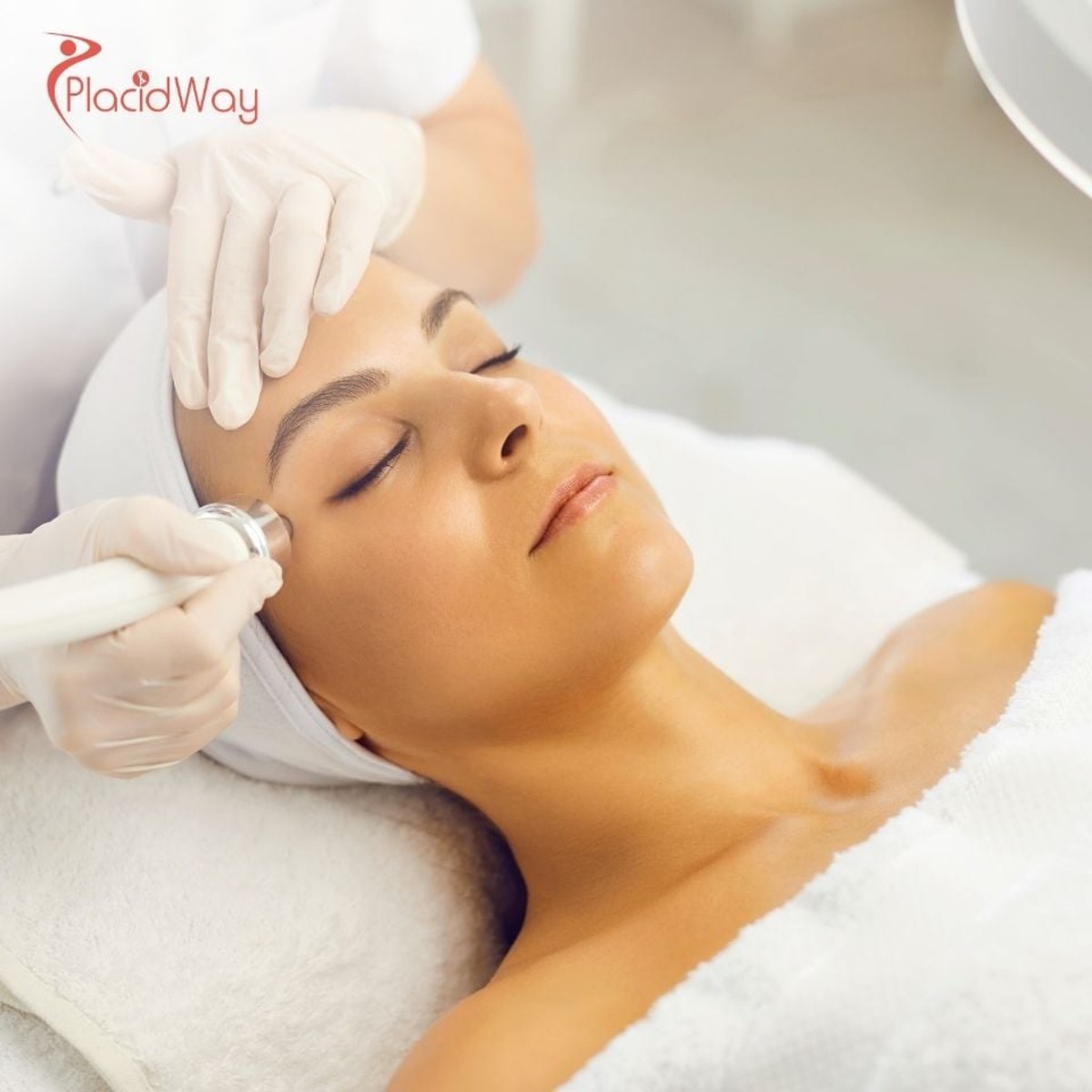
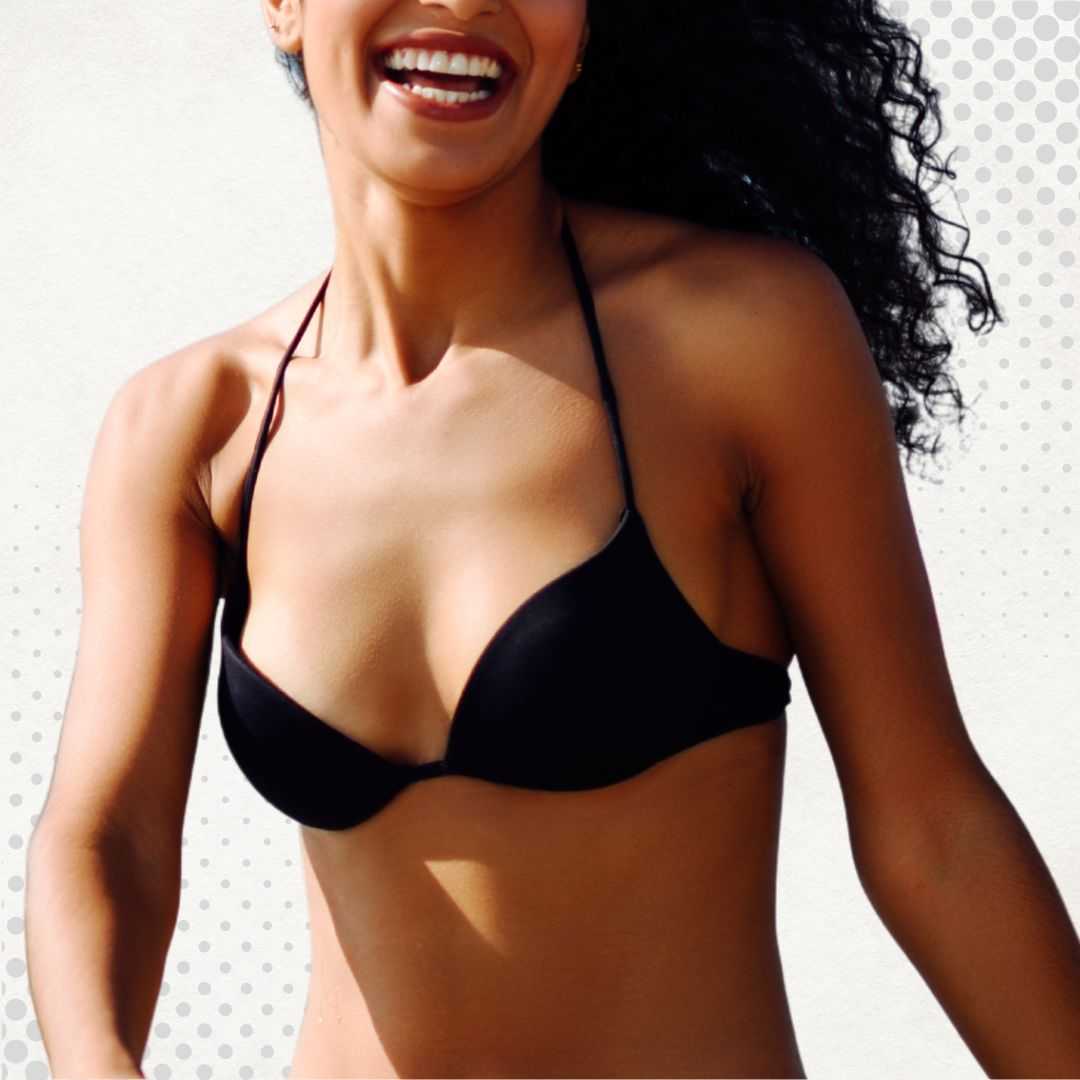
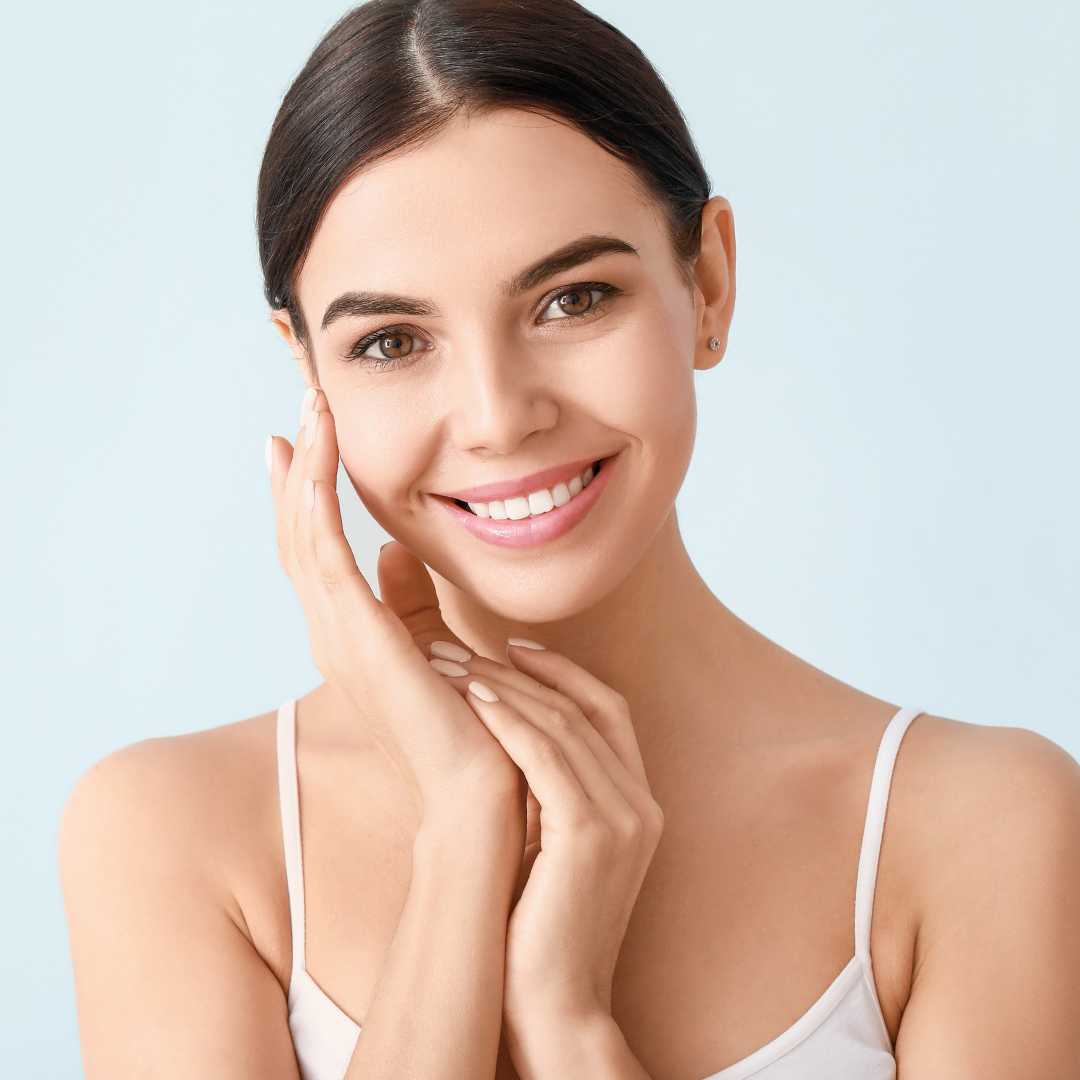
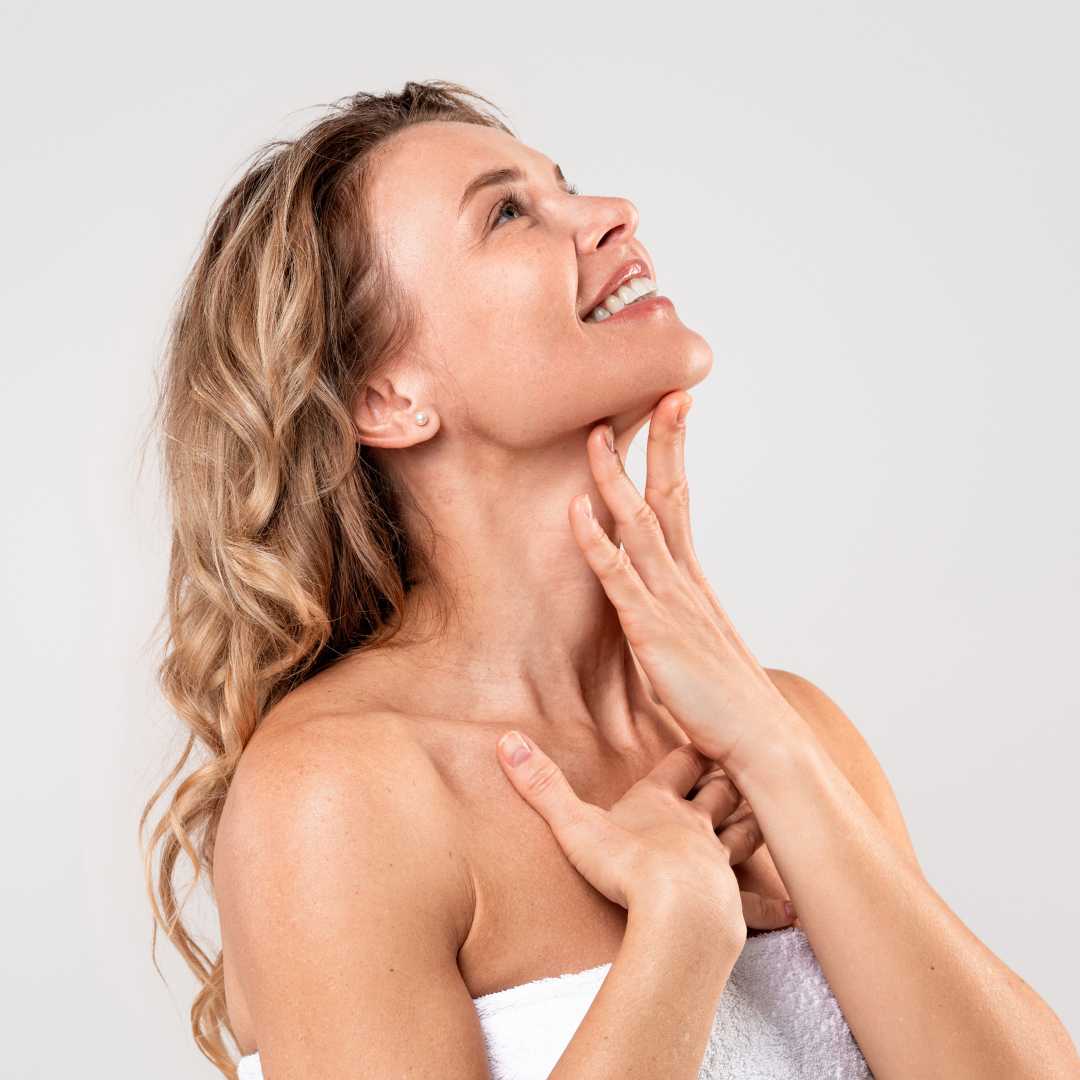
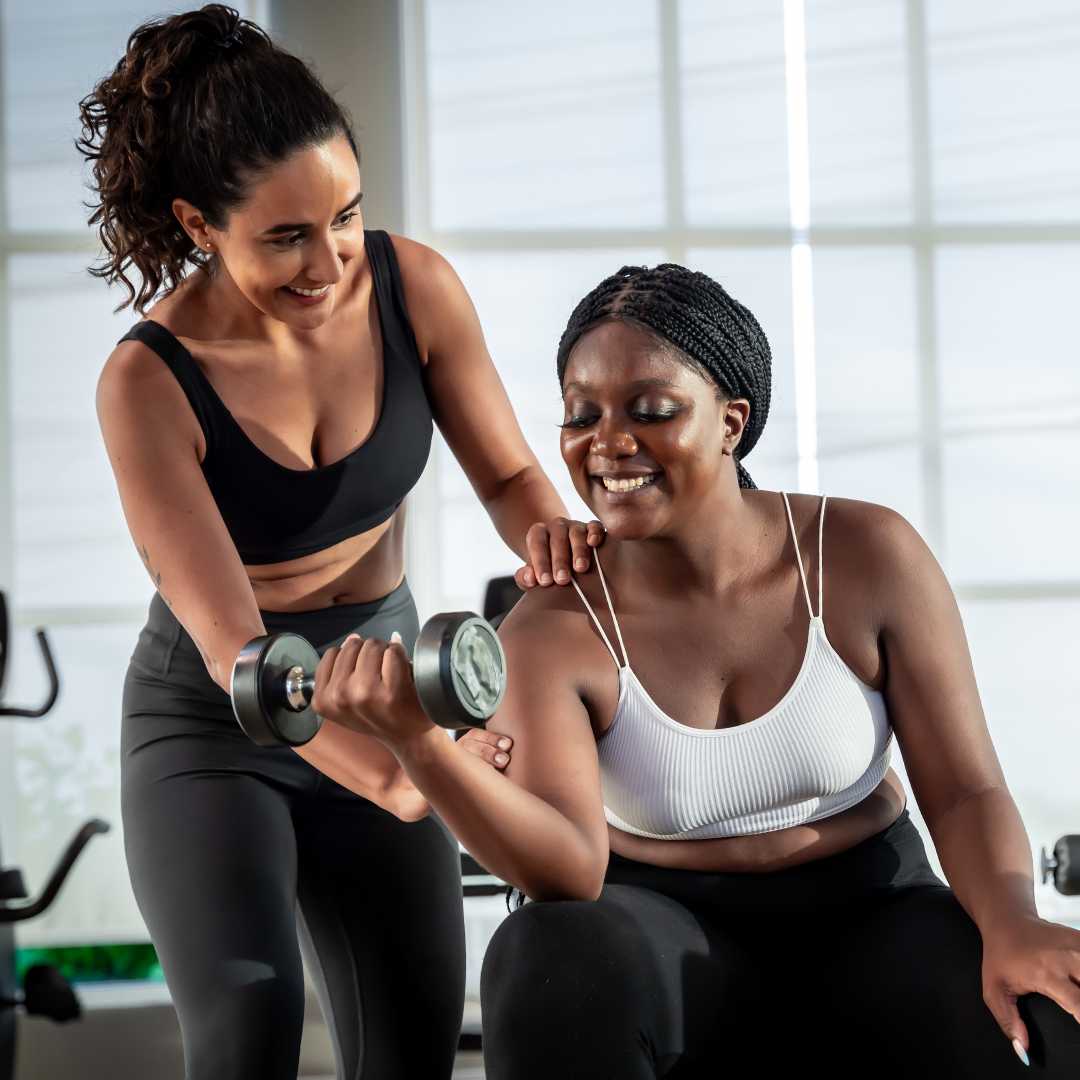
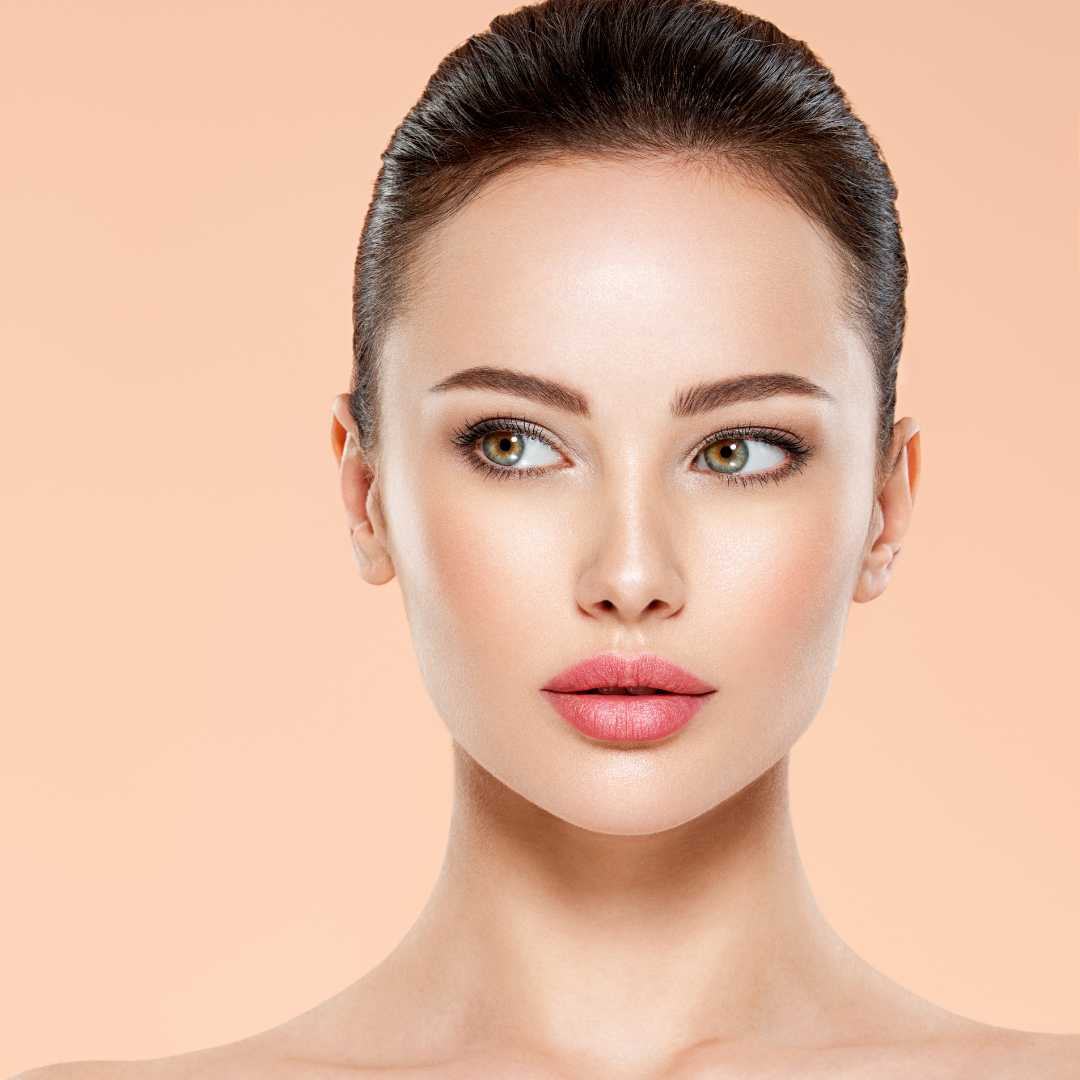
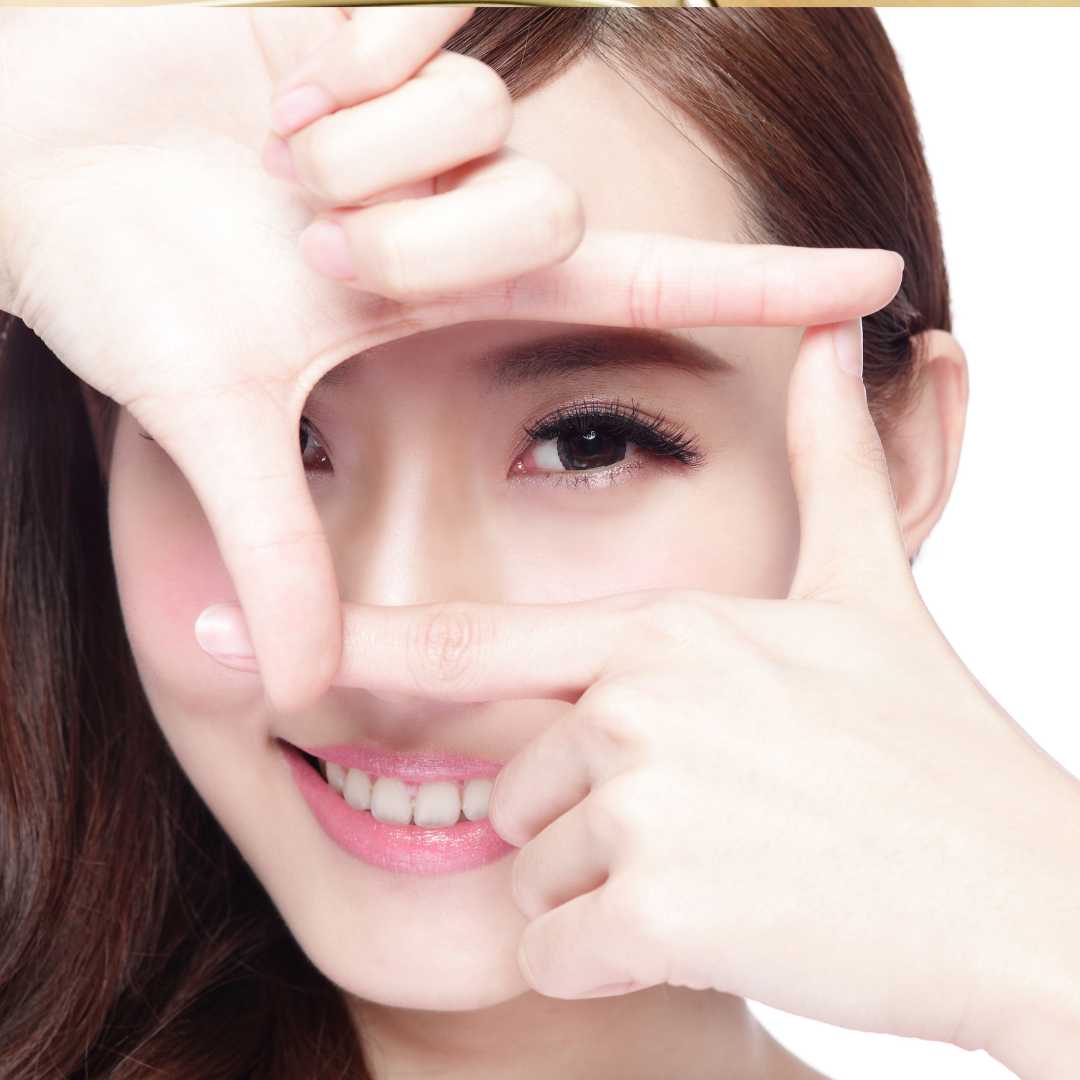

.png)
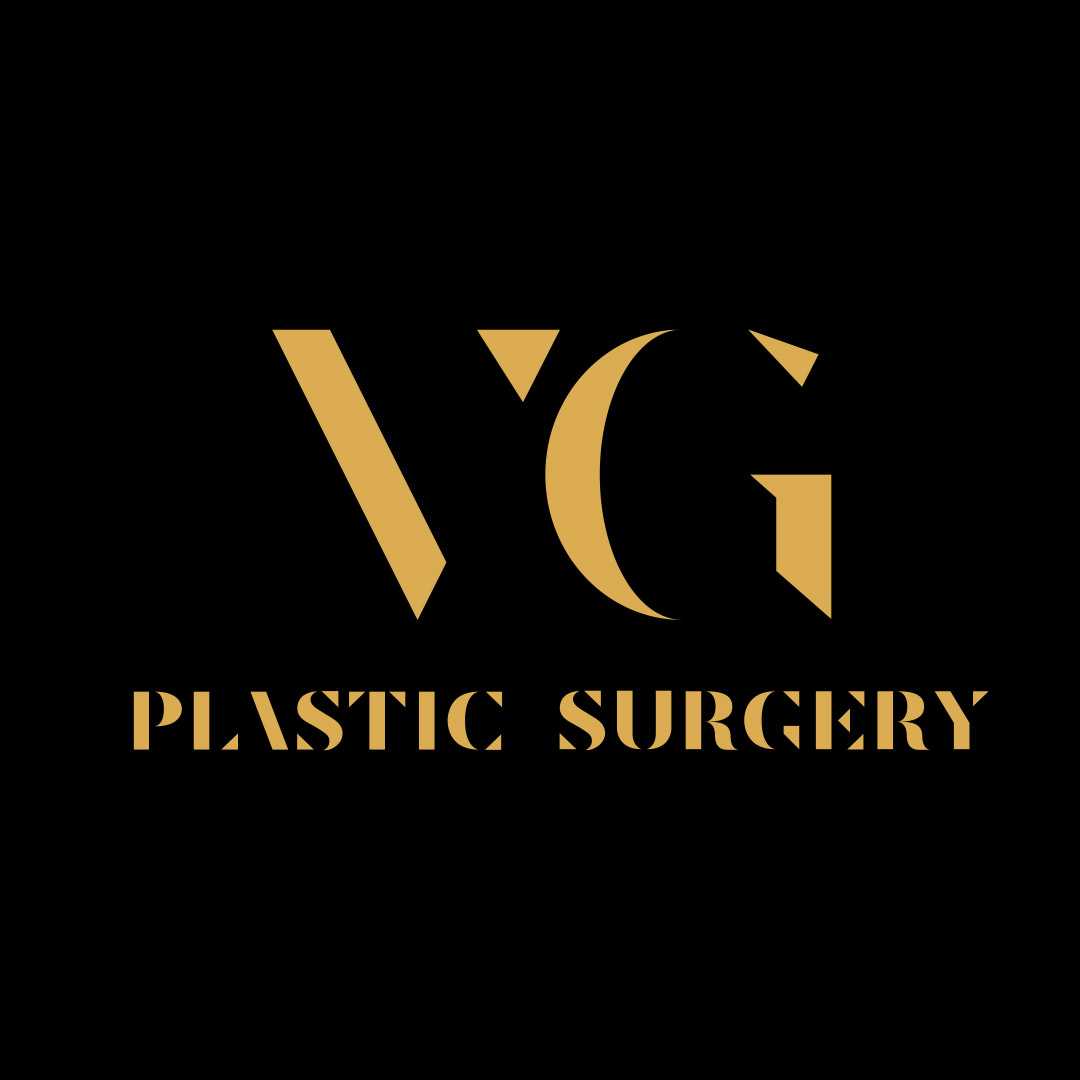
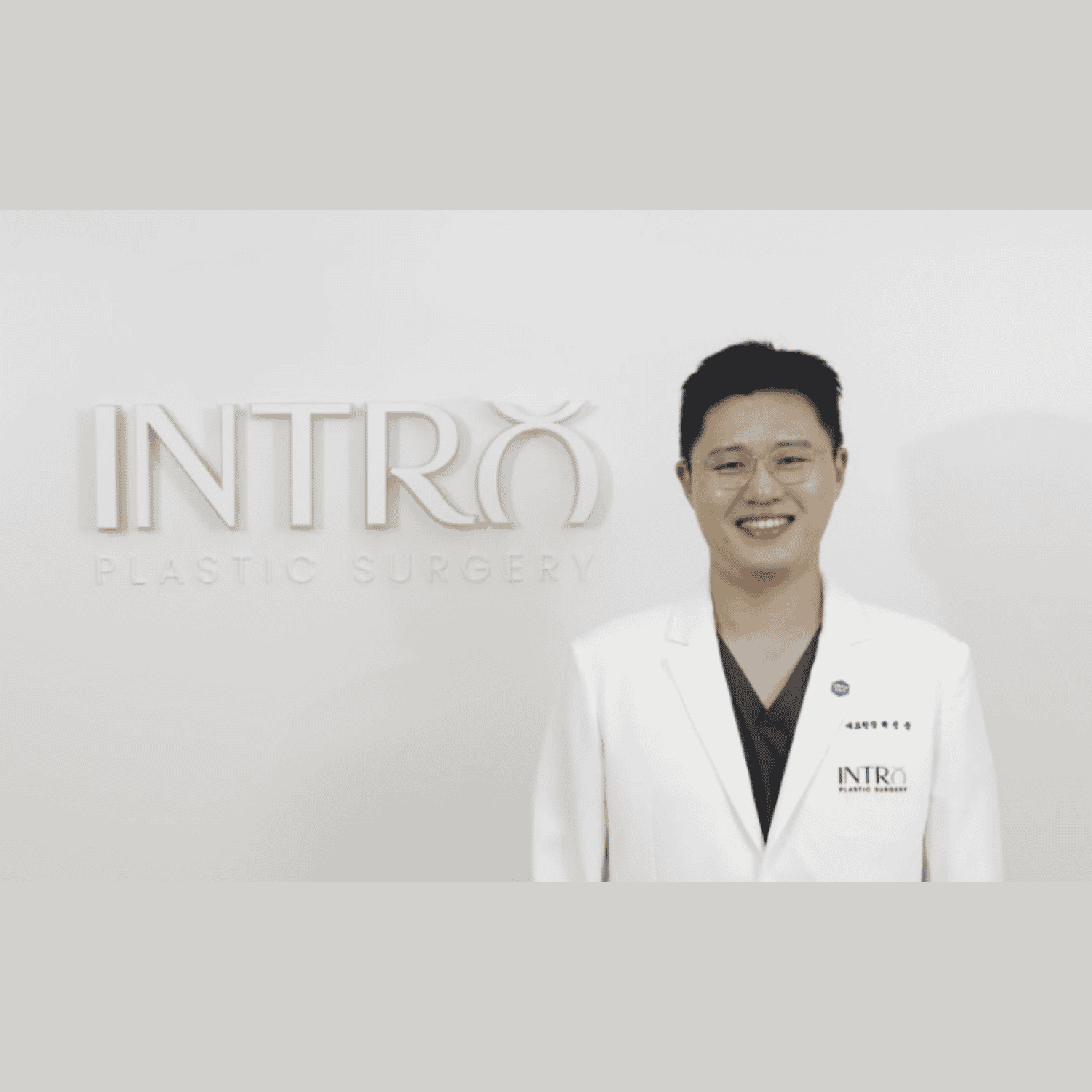
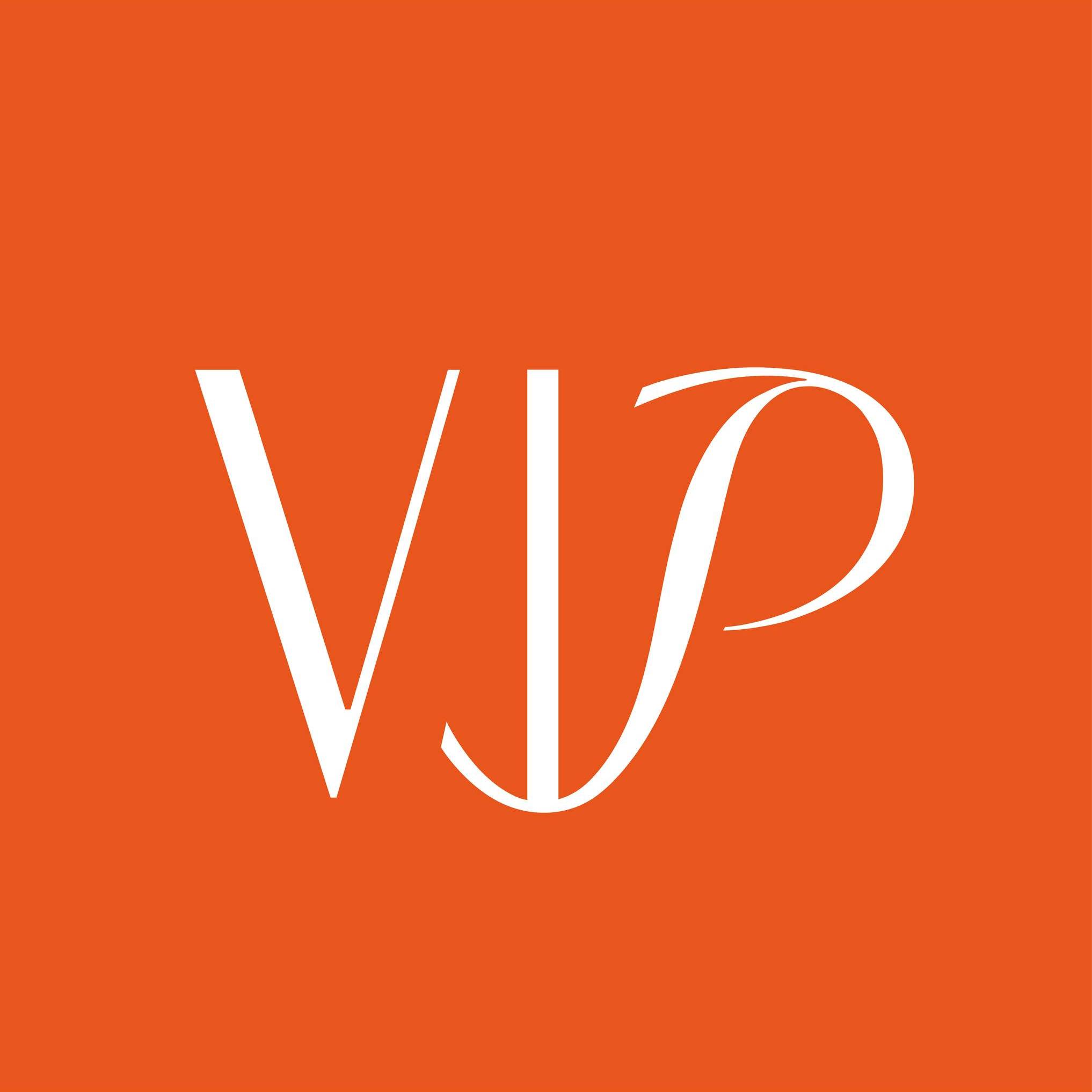
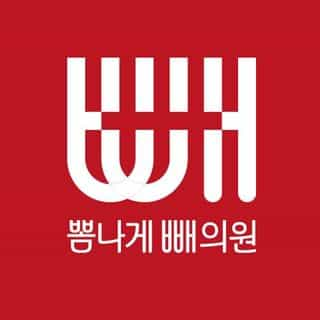
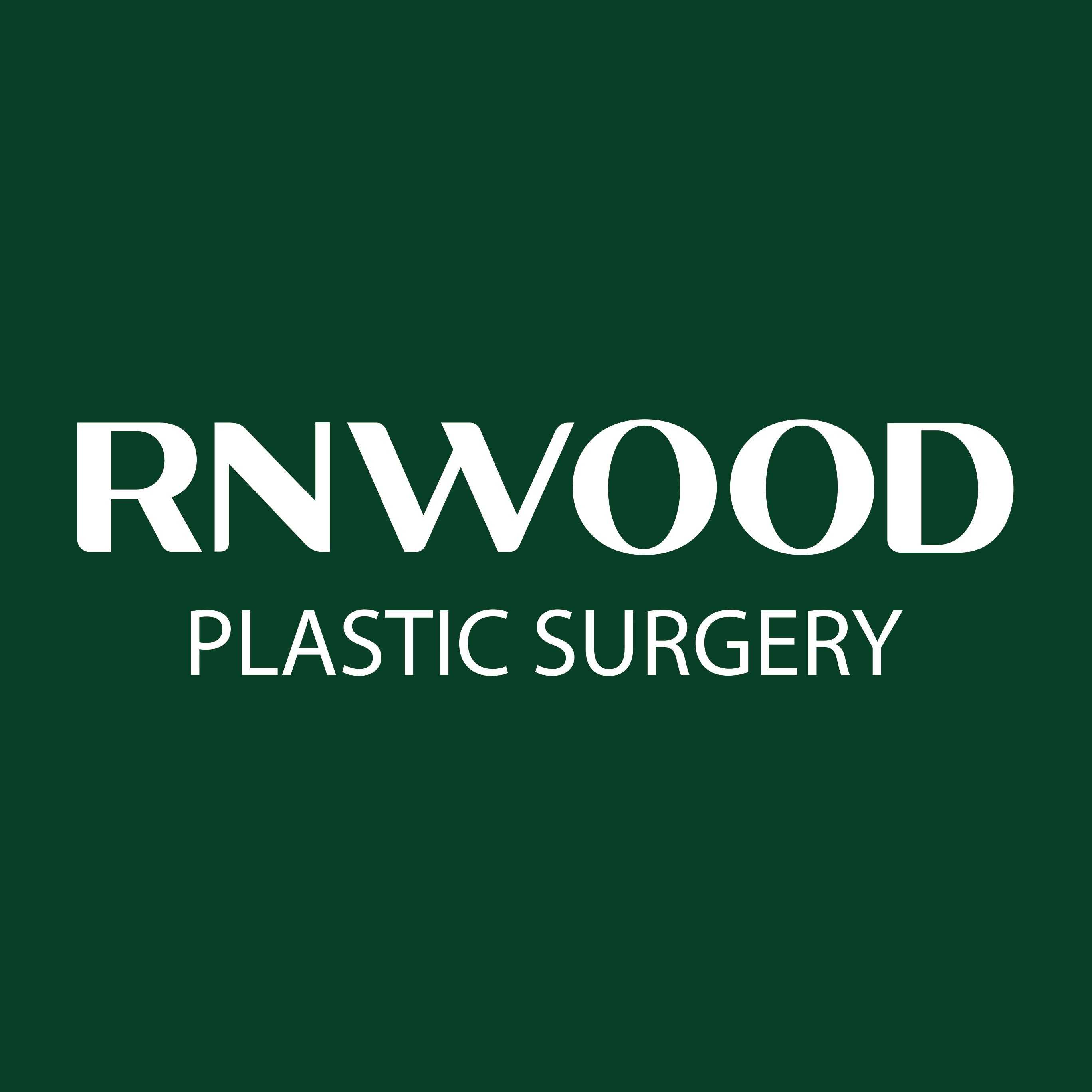

Share this listing